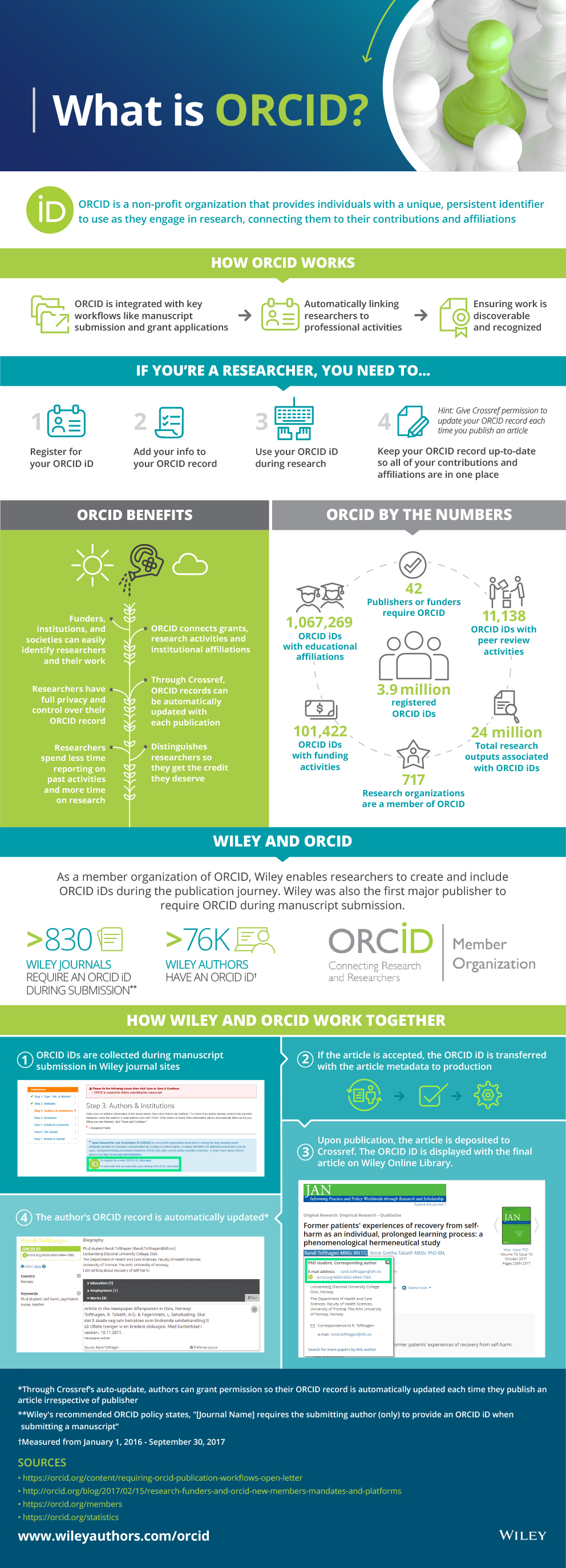how-to-deal-with-conflicting-reviewer-comments
November 09, 2017
Peer-review can sometimes feel like a lottery. On occasion, a paper may receive wildly divergent reviews. So, as an author, what should you do if one reviewer loves your paper but another seems intent on finding fault with everything you’ve done?
The role of the editor is key
The first thing to note is that divergent reviews should present a challenge to the editor rather than the author. When a paper receives divergent reviews, it is the job of the editor to decide how to proceed, and the editor should give you guidance on how to address the disparate comments and which comments are most important. Ideally, the editor should summarize the most important points of both reviews and advise on where to focus your revisions.
Consider the value of each review
But, occasionally, this does not happen. What should you do if you receive a set of very disparate reviews with little or no guidance from the editor? First, take a careful look at the reviews. The more positive reviewer sees value in your study, as does the editor; otherwise your article would have been rejected. But, the more critical reviewer has found problems. A good reviewer will have approached your article with an open mind and tried hard to understand your methods and arguments. The problems seen by the more critical reviewer give you a snapshot of the problems readers may have with your article, so it is important that you try to address them. Remember that the reviewers have been chosen from among the intended readership of your article.
Seek guidance when necessary
If the reviews are fair and constructive and you can address all of the points raised, then there’s no problem. But, what should you do when the reviewers are asking for contradictory modifications? For example, perhaps one reviewer wants a figure to be expanded to give more detail, while the other reviewer feels the figure is not relevant to your arguments and suggests getting rid of it? In fact, these requests may not be as contradictory as they appear – did the second reviewer fail to see the point of the figure because there was not enough information contained within? Would addressing the concerns of the first reviewer help the second reviewer to see why you included the figure in the first place?
Think also about how best to address the reviewers’ comments while adhering to the requirements of the journal. If a reviewer has requested that you present more data, but the journal has a length limit, could you make the data available as supplementary material?
If you really cannot see how best to address all of the reviewers’ comments, don’t be afraid to ask the editor for guidance. The editor knows what type and quality of article he/she is looking to publish in the journal – something reviewers may not always be aware of. So, the editor should be able to guide you as to how best to target your article to the journal’s readership. Email the editor outlining the various approaches you could take in addressing the reviewers’ comments and ask for advice on which route to take.
As author, you have the final say
Even if the editor provides guidance, you, as author of the paper, must make the final decision on how to respond to each of the points raised in the reviews. Once you have decided what direction to take and have revised your article, it is essential that you prepare a detailed response to the reviewers’ comments before submitting your revised paper. The most helpful way to do this is usually to paste all of the reviewers’ and editor’s comments into one document and insert your response to each point immediately below it, using a different color or font to distinguish the reviewers’ comments from your replies. If you have chosen not to address some of the comments, you should explain why. Be respectful; the reviewers share your goal of ensuring that your paper is a useful addition to the scientific literature. You want to show that you have approached their comments in a thoughtful and constructive way, even if you do not agree with everything that they have said. Unless you have completely rewritten the article, it is also helpful to supply a copy of the revised text with all of the changes highlighted.
Author takeaways
If you are faced with contradictory reviews of your article:
- Step back – think whether the reviews are as contradictory as they first appear
- Contact the editor for guidance if none was provided with the reviews
- Address as many of the comments as you can
- Provide a detailed response, focusing on any comments you have not addressed.
By following the steps above, you should be able to produce a stronger paper that will pass easily through the next review round.
Image credit: Yuri_Arcurs/Getty Images










